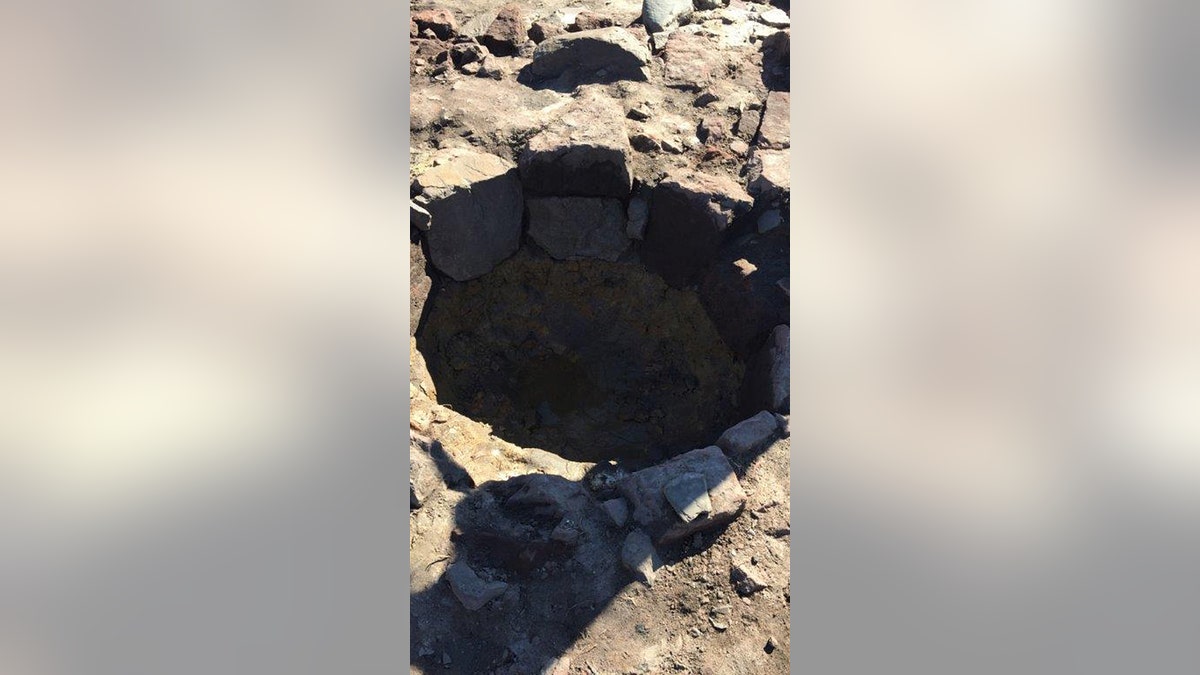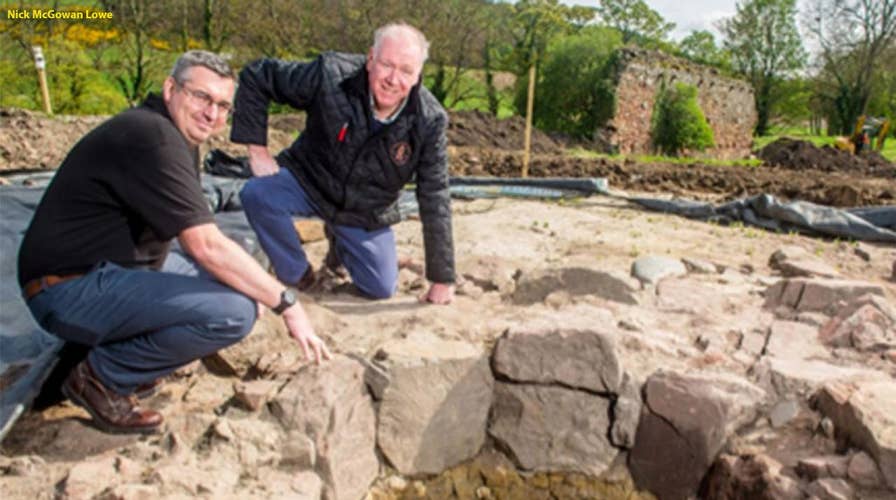Discovered: One of the world’s oldest whisky stills
Archaeologists uncover A medieval structure, believed to be one of the world’s oldest whisky stills at the site of Lindores Abbey in Fife, Scotland.
A medieval structure, believed to be one of the world’s oldest whisky stills, has been discovered among the ruins of a Scottish abbey.
Archaeologists uncovered the structure at the site of Lindores Abbey in Fife, noting that it is consistent with medieval kilns. Residue discovered within it is said to be in keeping with medieval brewing and distilling practices. Traces of charcoal, barley, oats, wheat and pottery dated back to medieval times have been found at the structure.
The Abbey was founded in 1191 on land given by King William I of Scotland to his brother, the Earl of Huntingdon. Scottish knight William Wallace, whose life was famously depicted in the Hollywood movie “Braveheart,” took refuge at the abbey after fighting the English at the Battle of Black Earnside in 1298.
INCREDIBLE DISCOVERY SHEDS LIGHT ON 'EUROPE'S LOST PEOPLE'
Whisky distilling at the site dates back to 1494, according to the Exchequer Rolls of King James IV of Scotland, marking the first written record of Scotch whisky distillation. A modern distillery stands near the site of the abbey.

Archaeologists uncovered the structure at the site of Lindores Abbey in Fife, Scotland. (Nick McGowan Lowe)
Experts are thrilled by the discovery of the whisky still.
“It is hard to overestimate the potential significance of this discovery,” said Lindores Abbey Distillery Founder and Managing Director Drew McKenzie Smith, in a statement. “Many signs point towards this being one of the earliest stills ever discovered, and this is almost certainly the site referenced in the Exchequer Rolls of 1494 that include the first ever written record of aqua vitae or whisky, as we know it today.”
RARE ROMAN COIN DISCOVERED ON REMOTE SCOTTISH ISLAND
Traces of charcoal, barley, oats, wheat and pottery that date back to medieval times have been found at the structure. At that time, the abbey's monks were starting to distill their "bols of malt," which we now know as Scotch whiskey. The structure believed to be a whisky still was discovered next to the abbey's grain store.
“Lindores Abbey has long been considered the spiritual home of Scotch whisky, and this discovery underlines the historical importance of this site,” said McKenzie Smith, in the statement.
The still is the latest fascinating historical find in Scotland. Earlier this year, for example, archaeologists on a remote Scottish island found a stone anvil from the mysterious ancient Pictish people.
TEENAGER'S DISCOVERY OF ROMAN TREASURE TROVE DELIGHTS EXPERTS
Elsewhere in Scotland, archaeologists have also been making impressive finds. For example, a treasure trove of ancient artifacts was discovered earlier this year at a fort that archaeologists believe was razed to the ground by Vikings. Experts at the University of Aberdeen made the remarkable finds at Burghead on Scotland’s northern Moray coast. The fort, which was once used by the Picts, is described as the largest of its kind in Scotland.
Last year, archaeologists and volunteers also found the location of a long-lost early medieval kingdom in southern Scotland.
In 2014, a stunning hoard of ancient silver, believed to have been used as bribes by Romans, was discovered with a metal detector by a teenager in Dairsie, in the Scottish region of Fife.
Experts in Scotland have also used 3-D technology to reconstruct the face of an 18th-century 'witch.'
Follow James Rogers on Twitter @jamesjrogers





















